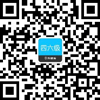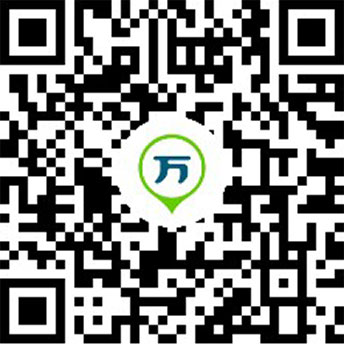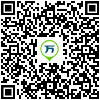英語四級翻譯練習題:中醫
中醫(Traditional Chinese Medicine )有五千多年的歷史,是中國古代勞動人民幾千年來對抗疾病的經驗總結。中醫將人體看成是氣、形、神的統一體,以“望、聞(auscultationand olfaction)、問、切”為其獨特的診斷過程。 中醫使用中藥、針灸(acupuncture)以及許多其他治療手段,使人體達到陰陽調和。陰陽和五行是中醫的理論基礎。五行是自然界中的五種基本物質,即金、木、水、火、土。
參考翻譯:
Traditional Chinese Medicine
Traditional Chinese Medicine (TCM) has a longhistory of more than 5,000 years. It is a summaryof the experience of the working people over manycenturies of struggle against diseases. TCM considershuman body as a unity of QI, XING and SHEN. The diagnostic process of TCM distinguishesitself by “observation,auscultation and olfaction, inquiry and pulse diagnosis”. TCM usestraditional Chinese medicine, acupuncture and many other treatment means to make humanbody be harmony between YIN and YANG. The concepts of YIN-YANG and WU XING laid atheoretical foundation for TCM. WU XING refers to five basic substances in the nature, thatis, metal, wood, water, fire, and earth.
1.氣、形、神的統一體:“氣、形、神”這種中文詞匯在英文中鮮有恰當的詞匯與之對應,翻譯成拼音即可;“統一體”可譯為unity。
2.望、聞、問、切:“望”即“觀察”,可譯為observation;“聞”有“聽”的意思,也有“嗅”的意思,在中醫里也是如此,原文里已經給出提示,譯為 auscultationand olfaction; “問”即“詢問”,翻譯為 inquiry; “切” 指“診脈”,翻譯為pulse diagnosis。
3.陰陽調和:即陰陽平衡,可譯為make YIN and YANG in equilibrium或者 be harmony betweenYIN and YANG。
4.金:五行中的“金”不是“金子”,而是“金屬”之意,所以要翻譯成metal, 而不要譯成gold。





萬題庫下載 | 微信搜索"萬題庫英語四六級考試"
相關推薦:
·2021上半年英語四級翻譯練習題:太極拳 (2021-6-10 14:41:50)
·2021上半年英語四級翻譯練習題:送禮 (2021-6-10 14:40:27)
·2021上半年英語四級翻譯練習題:文明 (2021-6-10 14:39:30)
·2021上半年英語四級翻譯練習題:24節氣 (2021-6-8 15:40:53)
·2021上半年英語四級翻譯練習題:北京大學 (2021-6-8 15:39:20)
·免費真題 ·模考試題


- 1
- 2
- 3
- 4
- 5
- 6
| 北京 | 天津 | 上海 | 江蘇 | 山東 |
| 安徽 | 浙江 | 江西 | 福建 | 深圳 |
| 廣東 | 河北 | 湖南 | 廣西 | 河南 |
| 海南 | 湖北 | 四川 | 重慶 | 云南 |
| 貴州 | 西藏 | 新疆 | 陜西 | 山西 |
| 寧夏 | 甘肅 | 青海 | 遼寧 | 吉林 |
| 黑龍江 | 內蒙古 |
實用文檔 | 入黨資料 | 入黨申請書 | 入黨志愿書 | 個人自傳 | 轉正申請書 | 思想匯報 | 個人簡歷 | 簡歷模板 | 簡歷封面 | 工作計劃 | 工作總結 | 自我評測
個性評測 | 社交評測 | 事業評測 | 運勢評測 | 報告 | 實習報告 | 工作總結 | 社會實踐 | 心得體會 | 述職報告 | 調查報告 | 辭職報告
法律文書 | 合同范本 | 演講范文 | 更多>>
英語學習 | 聽力口語 | 閱讀寫作 | 翻譯文化 | 趣味英語 | 學習方法 | 英文經典歌曲 | 每日課堂 | 空中英語 | 少兒英語 | 影視英語 | 英文歌曲 | 更多>>
作文大全 | 作文 | 小學 | 初中 | 高中 | 話題作文 | 考研 | 四六級 趣味作文 | 體裁作文 | 記敘文 | 議論文 說明文 | 應用文 | 讀后感 | 作文素材 | 名言警句
優美段落 | 哲理故事 | 詩詞賞析 | 成語知識 | 技巧 | 寫作指導 | 作文點評 | 佳文賞析 | 寫作基礎 | 話題演練 | 作文教學 | 更多>>

